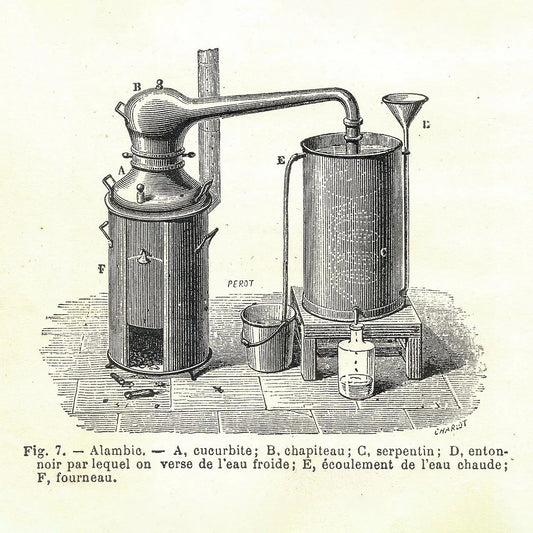An antimicrobial agent has the ability to stop or slow the growth of microorganisms such as bacteria, fungi, and viruses or to kill them altogether. The term “antimicrobial” is an umbrella category for antibacterial (antibiotic), antifungal, antiseptic, and antiviral agents.
Some studies have shown that a few essential oils have “demonstrated potential” as antimicrobial agents, but so far these results have emerged only in laboratory studies, in which the essential oil reacts against the microbe in a test tube. Lavender essential oil, for example, had a “strong antiseptic effect” against antibiotic-resistant strains of Staphylococcus aureus (also known as MRSA) in a laboratory study in 2012. A study that tested 13 essential oils to determine their effect on major respiratory tract pathogens found that cinnamon and thyme oils demonstrated the strongest action against the microbes, with clove essential oil as the next strongest. In both these cases, phase II studies using animals (usually mice) and phase III studies in human subjects would be required before scientists can declare any of these oils to be effective for people who actually have one of these diseases.
Eucalyptus has long been used in treating respiratory tract infections such as bronchitis and sinusitis, for its ability to open congested nasal and bronchial passages with its cooling vapors. Can it actually cure such an illness? A study published in the June 2012 issue of BMC Complementary Alternative Medicine explored this question, testing eight species of eucalyptus essential oils harvested from Tunisia, to see if any of them had an effect on the microbes that cause influenza, pneumonia, bronchitis, and other respiratory infections. In a laboratory study, one of the species, E. odorata, “showed the strongest activity” against several of the pathogens, while another one, E. bicostata, seemed to have an effect against viruses. However, the researchers noted that the activity “diminished with the decreasing essential oil concentration.” As in many of the studies that have shown positive results, the essential oils produce a much weaker and less robust antimicrobial effect than synthetic pharmaceuticals produce, making them significantly less effective even in a test tube than current prescription medications.
As essential oils can reach the respiratory tract easily through inhalation, logic would suggest that respiratory infections might be the best place to start to determine if the oils in vaporous form can affect various kinds of illnesses. In July 2018, a study published in BMC Complementary Alternative Medicine explored this theory, evaluating the effects of clove, cinnamon bark, eucalyptus, thyme, scots pine, peppermint, and citronella essential oils against the bacteria that cause pneumonia, various illnesses in the Streptococcus family, two Haemophilus influenzae, and one of the bacteria that causes respiratory and middle ear infections. They found that thyme had some effect against S. mutans, and cinnamon bark and clove oils showed “high inhibition” against pneumonia and one of the forms of strep. Cinnamon bark, in fact, turned out to be the most effective of all the oils tested on the widest range of pathogens. The researchers concluded that clove, cinnamon, and thyme “may provide promising antibacterial activity” against pathogens found in the respiratory tract, but “their effect is lower than that of the reference antibiotics.” They posited that the essential oils might be used in combination with antibiotics, but more research would be required to determine a recommended dose and whether taking enough of the essential oils to have an effect could turn out to be toxic.
By now you may start to see the challenges involved in researching whether or not essential oils can actually be effective in fighting viruses and infections. Phase I results produced in a test tube against an isolated virus or bacterium are only the beginning of the research cycle; such studies cannot by definition reveal the effects of any substance on an actual human being. Even if the phase I (laboratory) results look promising, they must be very strong to convince a funding organization such as the National Institutes of Health to provide a grant to take the research to the next level. If the results are not triumphantly positive—or at least as strong as the existing pharmaceuticals currently in use—most research ends there.





